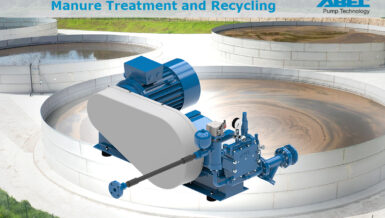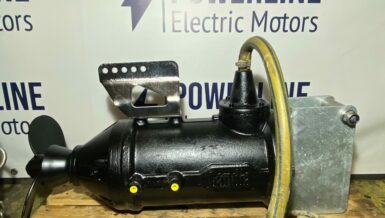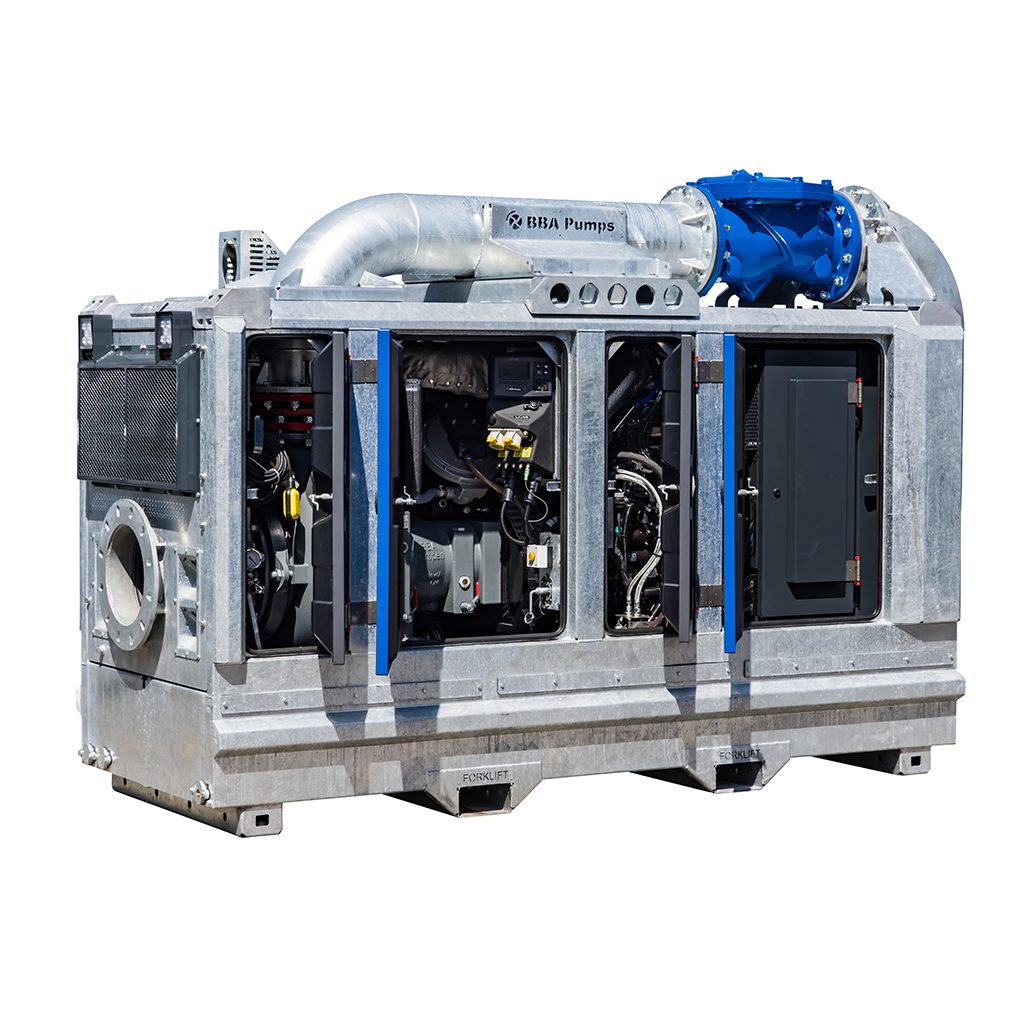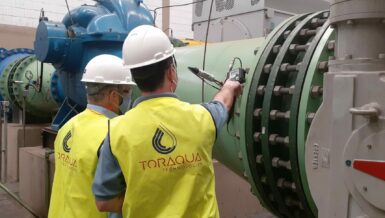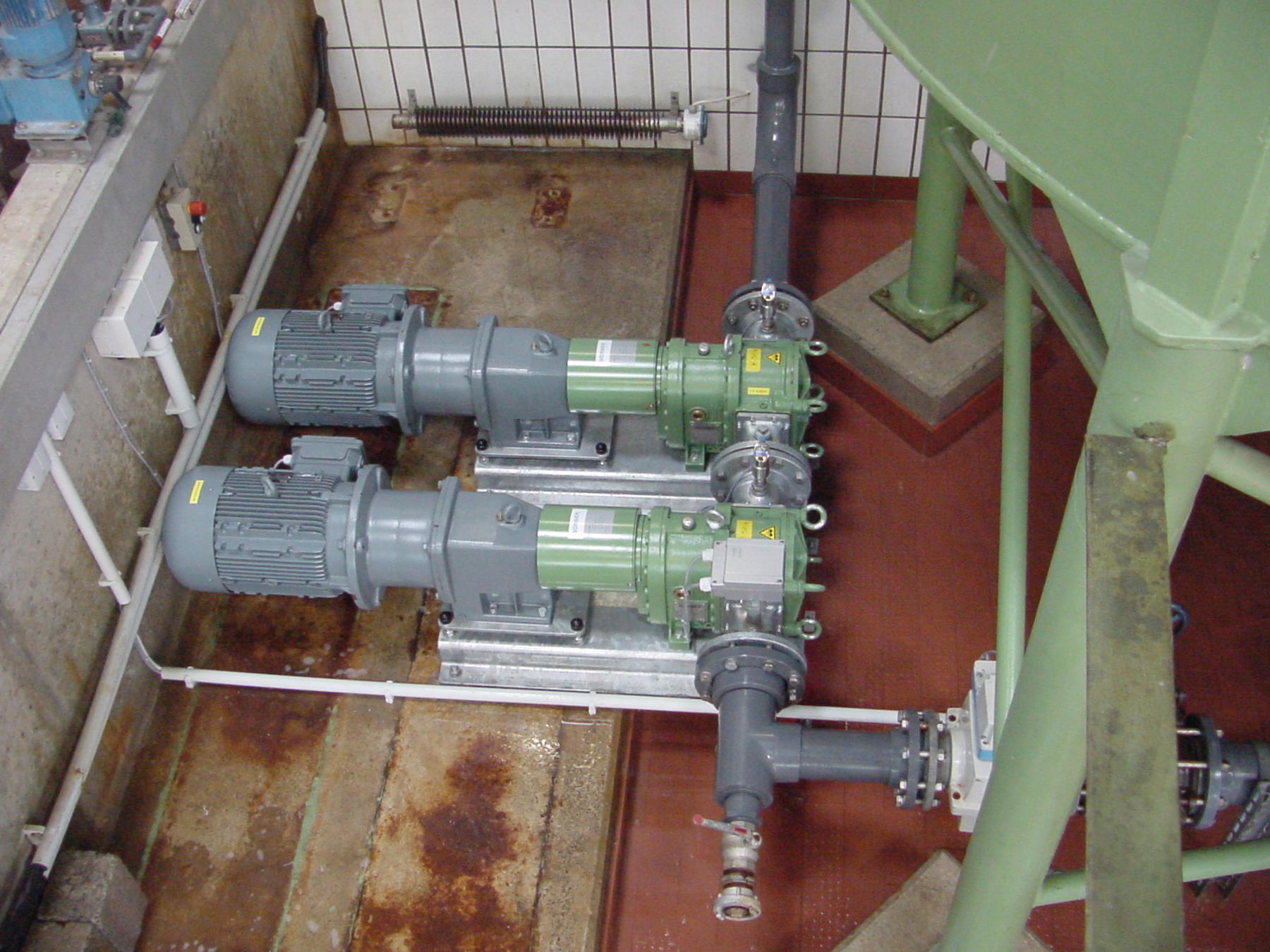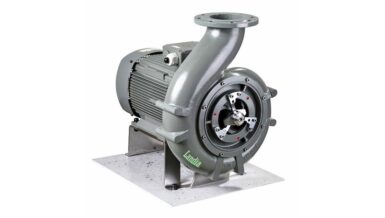A unit had been specified by another supplier with frequent hose wear and repeated downtime and maintenance being experienced on a system that was often left unattended for long periods of time. The effectiveness of wastewater treatment was at risk of being compromised and needed rectifying swiftly.
The customer was losing faith in peristaltic technology and wondered if another solution may reduce service intervals.
Iron Hydroxide for Water Treatment
The customer was transferring Iron Hydroxide (Fe(OH)3) into Pharmaceutical bioreactors. Ferric Hydroxide is one of many liquids used in wastewater treatment applications for the removal of unwanted contaminants such as heavy metals from process effluent. It is dosed at a variety of rates into bioreactors to reduce membrane fouling and increase biomass activity.
Effluent Treatment with Flocculant
Used as a flocculant or flocking agent these cause suspended particles within wastewater to be grouped together forming a flock or clumps for easier removal. The flock consists of suspended waste particles and encouraging particles to accumulate enables higher recovery rates of suspended solids. Ferric Hydroxide is a positively charged flocculant causing negatively charged suspended particles to become attracted to it.
Solids can be removed from wastewater as particles are large enough to be captured by filtration equipment, rather than finely dispersed throughout the fluid. Ferric Hydroxide is just one example of a flocculant used within the water industry where many different types are used.
The unit was operating at 18 cycles a day, with each cycle dosing up to 300L at each interval, with Ferric Hydroxide Slurry being injected into a bioreactor tank.
The Relationship between Pump Speed & Wear
On assessing the current pump operating speed, cycles, and hours of operation we knew something was amiss.
The existing unit was operating up to 3 times faster than a design we would specify for such an application. This meant it was suffering from abrasive wear with the unit operating at close to 100rpm over a 24 hour period. As a comparison, for this duty, we would not operate a pump above 55rpm, and for continuous dosing, the application would reduce unit speed to below 30rpm.
As the pump was operating too fast, another issue became apparent in that the pipework was only 1” and if we were to reduce the speed, then the associated pipework would also need to be changed to a minimum of 1.5” – DN40. Had it been specified correctly from the outset then the corresponding pipework could also have been installed correctly, which now needed replacing to eliminate the issue.
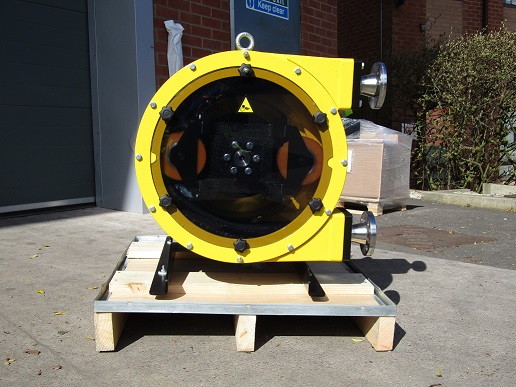
Peristaltic pumps are well known for their simplicity in design, consisting of a single hose without valves, seals or O rings to wear, making them ideal for abrasive or dry products. In such applications, it can quite often be the speed of operation which causes frequent spare part replacement, and utilizing a hose pump of roller design means units can operate from as little as 1rpm up to 30 for continuous operation, whilst other technologies operate north of 200rpm causing units to suffer greatly from wear. The absence of seals ensures one of the often weakest & most problematic areas of a pump is not prone to failure and it is effectively designed out of the process.
The customer did wonder if another pump technology may be more appropriate. Progressing Cavity Pumps are often used in wastewater applications, however when reviewing the total cost of ownership including speed of pump maintenance, cost of spare parts, training required, and space available a peristaltic pump met this requirement.
The pumping process was further optimized by changing the existing internal shoe design of the pump to one of roller design which in low-pressure applications reduces wear further as there is virtually no friction between rollers and the hose, with power consumption reduced by 30%.
Although the correct pumping technology had been applied to the process it had been incorrectly specified. The peristaltic design provides many benefits within chemical dosing and metering applications which can be summarised as follows:
8 Reasons to use a Peristaltic Pump for Chemical Dosing & Metering:
- Self Priming means there are no problems with high suction lifts.
- Gassing liquids do not cause valves to open.
- Non Slip design means additional accessories such as foot or injection valves are not required, removing clogging points.
- Higher accuracy in variable pressure applications.
- Low Shear pumping movement.
- High solid content capability.
- Abrasive Fluids are handled with ease.
- Low maintenance.
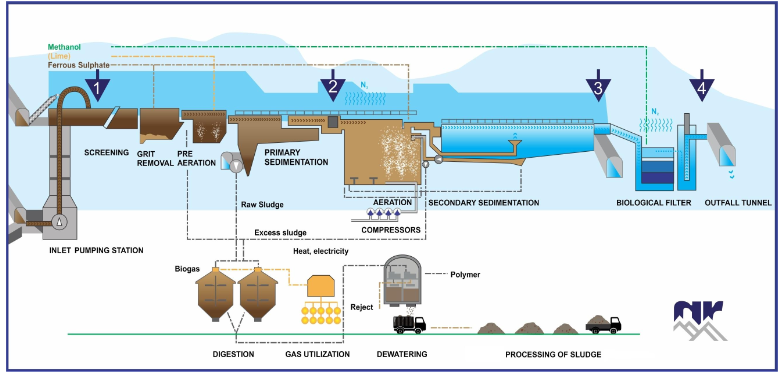
Our Low Maintenance Effluent Treatment Solution
We specified, supplied, and delivered an FMP50 Roller Hose Pump which is fitted with oversized rollers, increasing hose lifespan and reducing energy consumption. The unit was fitted with ANSI flanges to ensure consistency with their onsite pipework specification.
Although various options were offered the customer selected a unit operating at only 38rpm – close to a 1/3 of the existing unit to minimize the number of pipework changes on site. The customer is likely to see many years of problem-free pumping with their new equipment.
When specifying a pump for flocculant dosing within a 24-hour process, it is important that Total Ownership Costs are reviewed prior to final pump selection. Having an incorrectly specified pump will not only lead to higher maintenance costs and longer maintenance periods but potentially operational downtime and periods of non-compliance with the potential for liabilities to accrue. As North Ridge Pumps are not tied to a single pump technology, we specify pumps that are best suited for your process for the lowest lifetime cost and maximum process efficiency.





